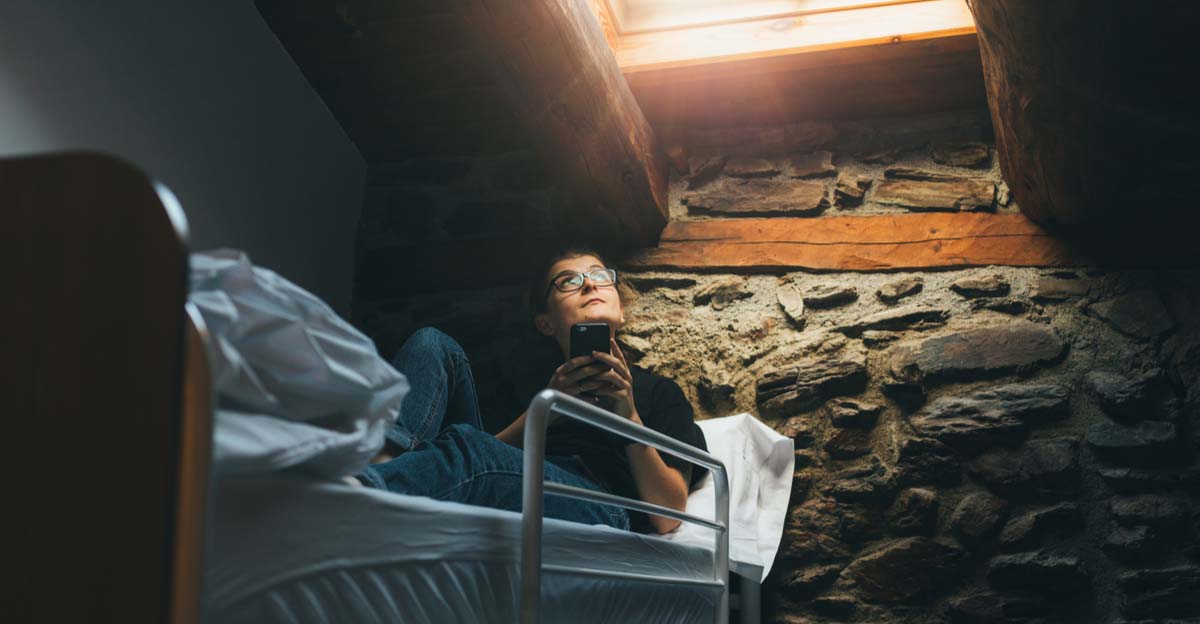The concept of having roommates or flatmates was a huge movement in the sharing or rental economy, and in my opinion, depending on a person’s frame of mind, it actually boosts the standards of living by reducing outrageous housing costs. If you can share a space with your friend or a co-worker comfortably, there’s no need to stretch every dime you earn in order to make rent on time. That’s a major advantage.
The cost of housing in many states across the U.S. can make a person spiral into severe anxiety, especially fresh graduates or students who are still knee-deep in loans and debt.
The sharing economy is highly facilitated by the internet [1]. You can rent rooms, workspaces, cars, and other facilities on different platforms which you can share with another person or a group of people. A review published on the National Public Radio has me wonder if this idea has taken on a whole new meaning [2]. Young people are no longer sharing just flats and condos with one another or driving to work in the same car, but they are now living in conjoined ‘pods,’ housed in the same living space in large-numbered groups.[2]
A pod is basically a square or round structure which qualifies as a tiny home. Every single necessity you need will be squeezed into the small space. The idea of ‘pod-sharing’ is not exactly owning your own mobile tiny house-box but renting a little space in a large room with several other people [3]. Everyone has their own bunk bed but shares a kitchen and bathroom facilities with one another. It may appear as though their standards of living are being further lowered, but a lot of them don’t seem to mind.
Pod Living: Peace of mind is what truly matters
Speaking to NPR, 27-year-old Steven Johnson said he’s spending a lot of his days renting or sharing living facilities and equipment. For instance, he uses a ride-share service to go to the gym, where he rents and shares a locker, and also uses the laundry service at the gym because he doesn’t own a washing machine.
He can’t own one even if he wanted to. The advertisement agent shares a large room with other people, and he manages space tightly in his pod. He doesn’t have many clothes or things, owning only two outfits and no backpack.
“I gave that up two months ago,” he said, referring to his backpack. He enjoys the fact that his life is simple and well-defined. “That’s what’s great. When you don’t own things, you don’t have to keep track of them. You just show up.”
He uses Podshare to rent his little living area, and he’s been living comfortably with no worries ever since.
Podshare was founded in 2012 by Elvina Beck and her father. They built a chain of houses and living spaces across Los Angeles, California, where people can rent beds for a night or as long as they need to. The beds could cost anything from $35 to $50 a night. Podshare is mostly suited for wage earners, travelers, and mobile workers, or basically anyone who can’t afford a standard apartment or home.
Professor Jill Pable of the Florida State University said: “Co-living fits very hand in glove with the sense that we are now moving into an experience economy rather than a possessions economy. This is tied to, for example, the tiny house movement and a great emphasis on travel these days.”
Keep Reading: Nonprofit Organization Built Homeless Veterans Village of Tiny Homes Instead Of Leaving Them Homeless
Sources
- “Sharing Economy.” Investopedia. Will Kenton. March 21, 2019.
- “The Affluent Homeless: A Sleeping Pod, a Hired Desk and a Handful of Clothes.” NPR. Sam Sanders. Aril 23, 2019.
- “The most expensive and affordable states to buy a house, ranked.” Business Insider. Hillary Hoffower. August 18, 2018.
- Podshare

